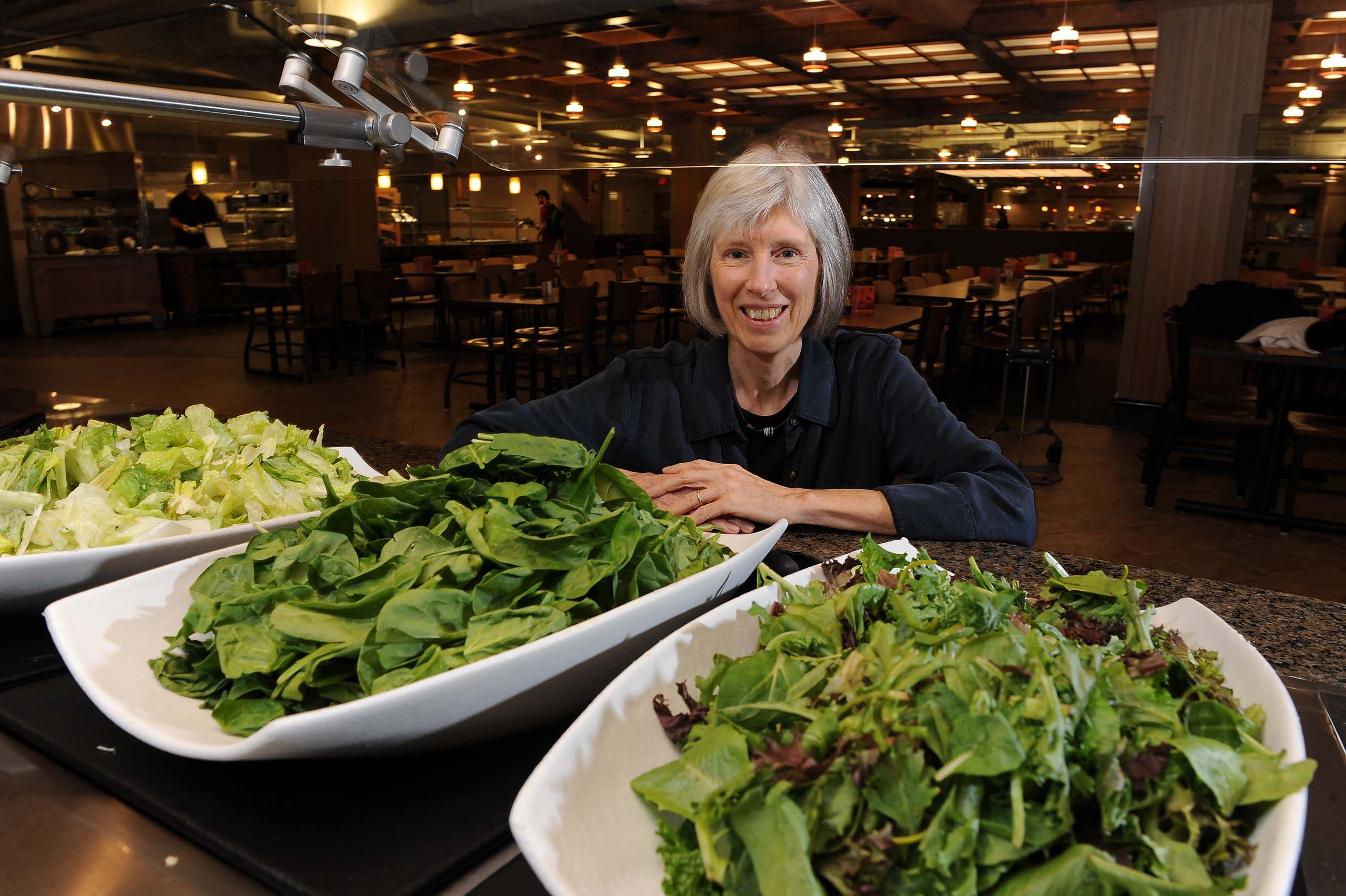
Crunching The Numbers For Better Food Policy
Decisions, decisions. With limited resources—whether tax dollars or corporate margins—how do you get the biggest bang or greatest good for the buck?
Helen Jensen, a professor of economics, has spent much of her 26-year career at Iowa State University using the quantitative tools of economics to help make those decisions better informed in the areas of agriculture, food and human nutrition.
Jensen has led the food and nutrition policy division of the Center for Agricultural and Rural Development since 1985, mentoring many students and young researchers along the way.
In the area of food safety and quality, Jensen was among the first to evaluate the economic rationale and implications of food safety regulations for meat.
“I have often looked at questions such as how much would it cost a firm or industry to change the way it produces a food, making it safer,” she says. “However, the interesting extensions are how do we design policies and regulations that encourage firms to produce safer foods?”
Lately she’s focusing on food safety in fresh produce, including before harvest. In August she walked the fields of a large lettuce grower in California, marveling at the many acres, and the company’s strict measures to prevent contamination in that living ecosystem.
“I was struck by the challenge growers face,” she says, “trying to turn a field growing fresh lettuce and greens into a unit that produces a safe product, protecting the field from rodents, birds and four-legged animals.”
New handling, processing and testing techniques help safeguard food. But will consumers pay for the highest levels of protection?
Consumer choice in the marketplace plays an important role in Jensen’s research. Lack of income can seriously constrain the choices of lower-income consumers. Higher-income consumers are faced with their own choice dilemmas: buy local, buy organic, eat in or eat out? Jensen analyze many consumption choices in the research she publishes.
Jensen’s research often extends science to the policy-making process. Her committee work on the review and redesign of the U.S. Department of Agriculture’s food programs to incorporate new scientific evidence on nutrition and diets is a perfect example. For the Women, Infants and Children program, it was the first major revision in its 40-year history.
“The new rules had several important changes, but one that has been most cited is introducing a voucher to be used to purchase fruits and vegetables,” she says.
That revision, along with similar ones for the national school lunch and breakfast programs, could potentially boost the nutrition of many individuals living in low-income households.
“Economics cannot solve all problems,” says Jensen, “but it can be used to identify effective interventions or changes and ways to improve incomes and improve health.”



